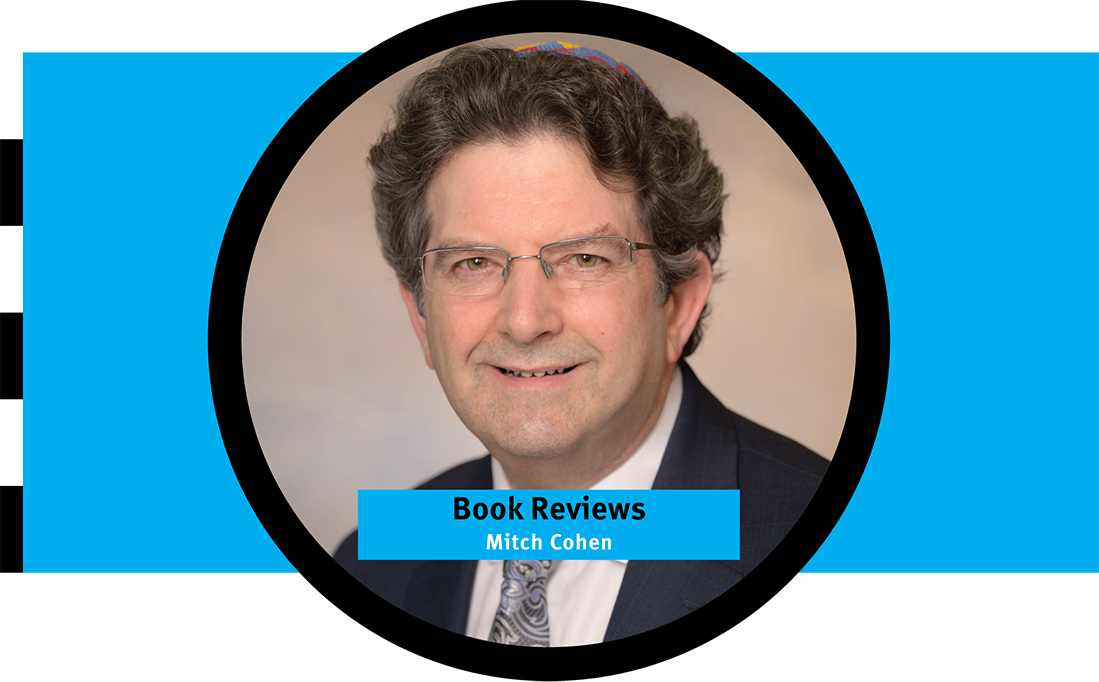
Courtesy of the Asian Paradise website.
Thai curry chicken
I grew up in Cleveland in a kosher-style household — no pork, no shellfish and certainly no milk with meat. Lipton’s diet iced tea was the drink of choice. My grandparents were strictly kosher; my parents followed most of the rules, and we rarely went out to eat. If we did, it was usually with my dad to Corky & Lenny’s for a corned beef sandwich (sigh). But with my mother and grandmother, we made one delicious exception: Chinese food.
There’s a longstanding, nearly iconic connection between American Jews and Chinese cuisine. It’s a bond forged in early 20th-century cities like New York, where Jewish and Chinese immigrant families lived in close proximity. Chinese restaurants were open on Christmas, rarely used dairy (a quiet nod to kosher laws), and offered flavors that felt exotic enough to be exciting, but mild enough to be familiar. Over generations, egg rolls and lo mein turned into more than just a meal — they became a ritual.
My mother took us to a very Americanized Chinese restaurant where we’d sip hot tea from tiny ceramic cups and debate the merits of chop suey versus egg foo young. My grandmother had her own go-to spot at Cedar Center. The food was — how do I say this gently? — beige. Soft vegetables in brown sauce. No heat, no spice, no surprises. But it was plentiful, affordable, and different enough from brisket and kishke to feel like a special occasion. I loved every bit of it. For a long time, I thought that was what Chinese food was supposed to be.
Then came Szechuan.

Courtesy of the Asian Paradise website.
Vegetable dumplings
As an adult, I was introduced to a version of Chinese food that practically shouted. Bold flavors. Fiery sauces. One unexpected red chili pepper torched my Midwestern palate — and I never looked back. Suddenly, Chinese food had fire, crunch, and vinegar-soaked attitude. The tea was still comforting, but now it had something to chase.
A New Kind of Tradition
So when I visited Asian Paradise, located just off Fields Ertel Road, I arrived with a mix of nostalgia and high expectations. According to the restaurant’s website, it offers Americanized pan-Asian cuisine — blending Chinese, Thai, Vietnamese, Japanese, and Malaysian dishes into a single, globe-trotting menu. In other words: a modern take on tradition.
We started with appetizers meant for sharing (or devouring, if you write food reviews for a living). The mini crispy spring rolls were golden and delicate, gone in seconds. The chicken lettuce wraps were light and satisfying, and the vegetable dumplings were so tender and flavorful I briefly considered canceling the entrées and doubling down. The Vietnamese salad was a refreshing standout — crunchy, limey, and bright, like a palate cleanser with personality.
Then came the entrees. The sizzling beef arrived on a hot cast-iron plate that hissed and popped dramatically, drawing stares from nearby tables. The General Tso’s chicken and sesame chicken were crispy, sticky, and deeply comforting — familiar classics done right. We also dipped into the Thai side of the menu. The Thai curry with chicken, infused with coconut milk and spices, was complex and warming — my favorite dish of the night.
Service with a Story
Our server, Khai, originally from Malaysia, guided us through the menu with pride and precision. He assured us that every item on the menu is a customer favorite — and after tasting most of it, I believe him. Service was attentive but never intrusive. Staff moved at the perfect pace: quick enough to keep things flowing, relaxed enough to let us linger. Whether you’re a carb-loving comfort-seeker or a high-protein minimalist, there’s something here for everyone.
And yes, the restaurant is more than happy to accommodate kosher-style diners. While the kitchen isn’t certified kosher, there’s no overt use of dairy in meat dishes, and plenty of vegetarian options, making it an approachable and respectful choice for observant or semi-observant guests.
Would Grandma Approve?
Asian Paradise may not serve the kind of food my grandmother would’ve recognized — but she would’ve appreciated the generous portions and clean flavors. She probably wouldn’t have embraced the spice, but the kitchen could’ve easily delivered the egg foo young — adjacent comfort food she loved. For the rest of us, it’s a beautiful reminder that while tradition anchors us, taste buds deserve a little evolution.
The Jewish Love Affair with Chinese Food

Courtesy of the Asian Paradise website.
Sizzling hot Szechuan beef
You might ask: why do Jews love Chinese food? I always assumed it was just something my family did. But the history runs deeper — and it’s a story worth sharing.
1. Proximity and Availability
In places like New York and Cleveland, Jewish and Chinese immigrants lived in the same urban neighborhoods. Chinese restaurants were nearby, open late, and didn’t discriminate — unlike some American establishments at the time.
2. Open on Christmas
Most American restaurants were closed on December 25. Chinese restaurants stayed open — and so a tradition was born. To this day, many Jewish families (mine included) gather for Chinese food on Christmas. I went to Asian Paradise this past Christmas Eve — it was packed. The service never wavered, and the food was just as good as always.
3. No Dairy-Meat Mix
Traditional Chinese food rarely uses dairy, making it feel “kosher-style.” Even if it wasn’t certified, it didn’t violate any obvious laws. It felt like safe territory.
4. Adaptable, Approachable, Affordable
You could go meatless. You could go mild. You could bring the kids. You could even feel worldly while eating your moo goo gai pan.
5. Culinary Cosmopolitanism
For many mid-century Jewish families, dining on “ethnic” food offered a taste of sophistication and modernity — without breaking the bank.
6. Mutual Respect
Both Jewish and Chinese communities were outsiders in early 20th-century America. They didn’t just tolerate one another — they patronized each other’s businesses, shared spaces, and quietly built a cross-cultural connection.
Final Word:
Asian Paradise honors both the comforting nostalgia of American Chinese food and the exciting boldness of modern pan-Asian flavors. It’s not just a restaurant — it’s a reminder of where we came from, how far we’ve traveled, and how delicious the journey can be.





